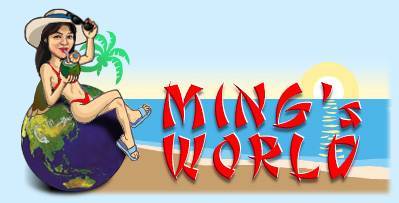
Dream

AllPosters.com
|
BOHOL TIDBITS
|
 REPUBLIC OF BOHOL |
|
Why
is it called a Republic? During the Spanish regime, two significant revolts occurred in Bohol. One was the Tamblot Uprising in 1621 led by a native priest or babaylan. The other was the Dagohoy Rebellion, considered as the longest uprising recorded in the annals of Philippine history, led by one Francisco Dagohoy from 1744 lasting until the year 1829. After the United States defeated Spain in the Spanish-American War, the U.S. bought the entire Philippine islands. However, under the newly proclaimed independent government established by Gen. Emilio Aguinaldo, which was not recognized by the US, Bohol was governed as a Gobierno de Canton. During the resulting Philippine-American War, American troops under Maj. Henry Hale landed in Tagbilaran and took over the island. The residents of the island tried to put up an organized resistance starting in September 1900. American troops retaliated by burning 20 of Bohol's 35 municipal towns and killing hundreds of people and livestock. Bohol surrendered to the Americans on December 23, 1900. A peace treaty was signed in the convent of Dimiao, and peace was restored. On March 10, 1917, the Americans made Bohol a separate province under Act 2711 (which also established most of the other Philippine provinces). Japanese Occupation Bohol had a long history of uprisings, throughout the Spanish, American, and Japanese regime. They have long envisioned Bohol as it's own republic, independent of it's own national government. Bohol is also the home province of the fourth President of the Republic of the Philippines, Carlos Polistico Garcia (1957-1960) who was born in the municipality of Talibon.
|
 Enjoy Bohol with me! |
|
In my own personal observation, the Boholanos are the most religious folks in the country. It is evident at the license plates of their own public transportation, the tricycles or motorcab. The chief of the local government set out a rule to spread the Word (bible phrases), instead of witty naughty punchlines. Living in full contact with nature, Bohol are borne environmentalists. They respect and revere their natural forests, that people caught cutting trees, even in their own backyard, gets a lifetime penalty. These are just my personal observations of the island as a local visitor and native. My dear fellow Boholanos, please feel free to correct me if I have fed wrong information. I am always open for correction! sincerely, Ming
|
![]()
"back"
Homepage
. Bohol Menu . Introduction
. Bohol Tour . Bohol
Tidbits .
E-mail

Ming's World© All Rights Reserved.
1999-2003

